射频工程师必读:S参数详解
igner内看到跟HFSS的S参数 同样结果,可从以下设定[Tools] \ [Options] \ [Circuit Options],un-check [Use circuit S-parameter definition]。
请注意:这只是S参数埠端定义的不同,结果 都是对的,所以不管哪一种定义下,如果转到Y或Z参数(或是从Designer透过dynamic link HFSS)去看,其值是一样的。

7.2 Touchstone file (.snp)跟S-parameter是什么关系?
Ans:Touchstone file (.snp)是基于每个频点的S参数,所定义的一种频域模型,其格式如下所示:

7.3 为何端口阻抗会影响S参数,但不影响Z参数(Z11)?
Ans:Z11=Vi/Iin与埠端阻抗无关。
7.4 除了靠软件,还有其他方法检查Passivity、Causality吗?
Ans:如图所示,透过观察TDR\NEXT\FEXT是否在T=0之前有响应。
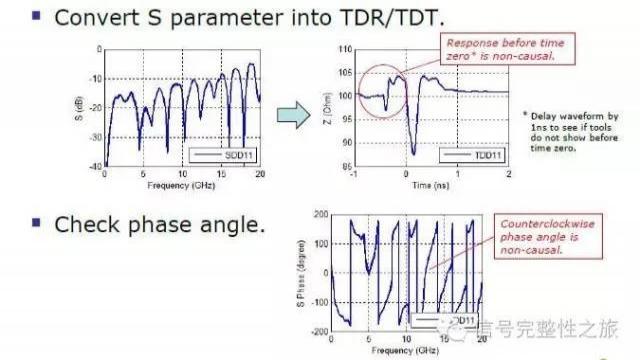
7.5 史密斯图(Smith Chart)与Causality、Passivity是否有关联性?
Ans:有的
7.5.1 满足Causality与Passivity传输线的史密斯图,会呈现以顺时针方向往中心螺旋收敛的曲线。
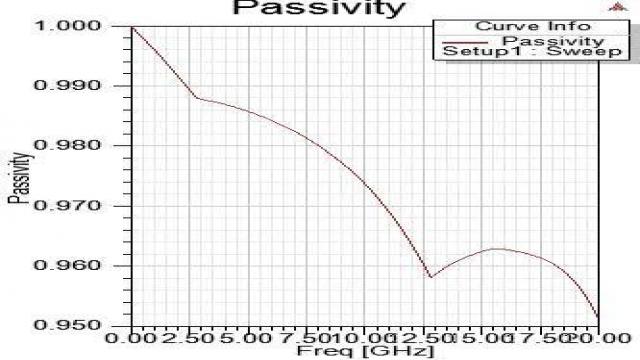
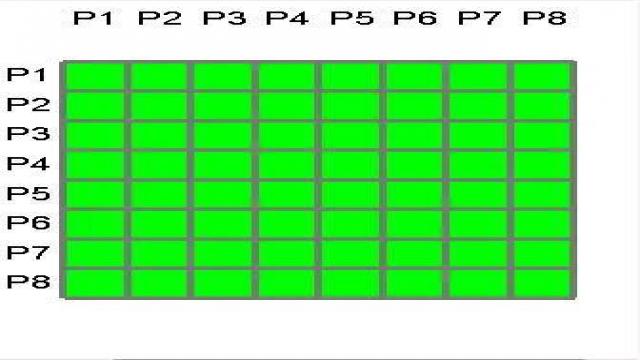
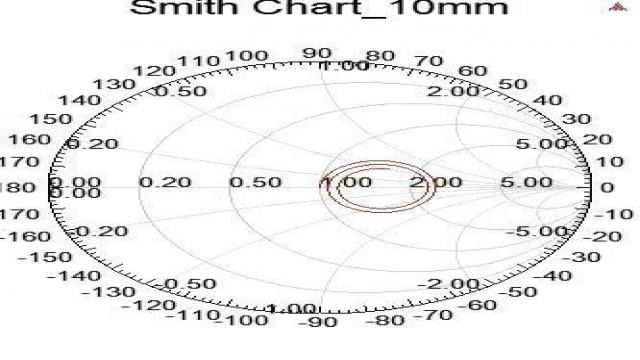
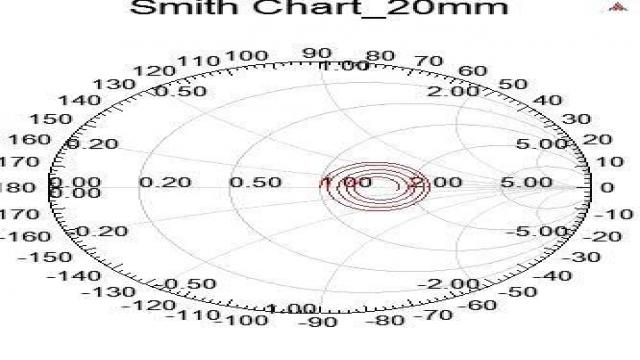

将线长从10mm拉长一倍到20mm,发现越长的线,其Smith Chart中随频率增加而顺时针向中心旋转收敛的步幅也会增加。
把介质loss tangent从0.02改0.06,发现Smith Chart中随频率增加而顺时针向中心旋转的收敛会加快。顺时针向中心旋转与lossy有关。
7.5.2 满足Causality但a bit violate Passivity传输线的史密斯图,会出现部份频段贴合,没有往中心 旋转收敛。
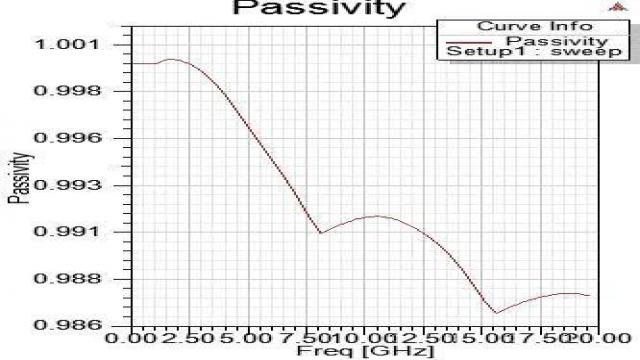
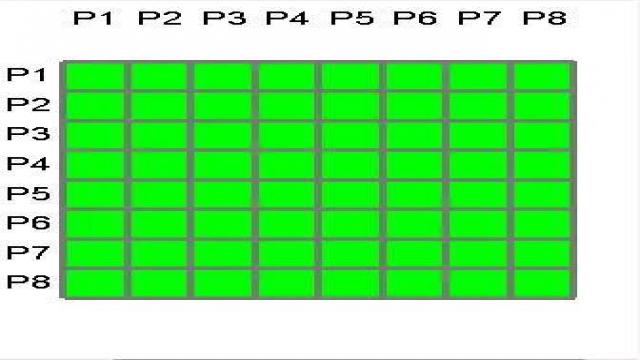
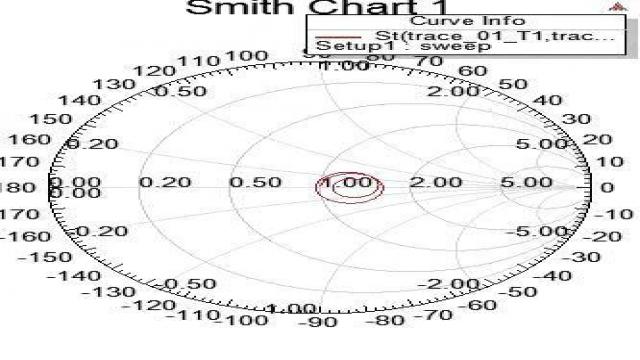
近几年的HFSS性能一直提升,想要用简单的例子搞出non-passivity还不太容易。本例是四条传输线(.s8p),故意 降低mesh performance(放大error percentage=0.1%),低频DC~0.1GHz刻意不求解,并且使用lossless介质。
7.5.3 non-causality and non-passivity的史密斯图,相对于n*n matrix中不同矩阵区块内的violate程度,曲线可能会折弯 (低频violate passivity严重,在Smith Chart也看到低频曲线有不规则的折弯),或是不往中心收敛

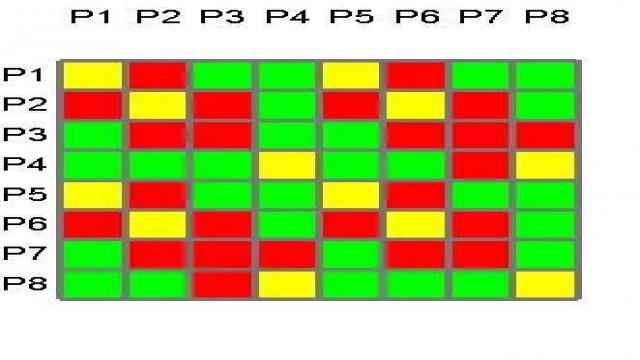
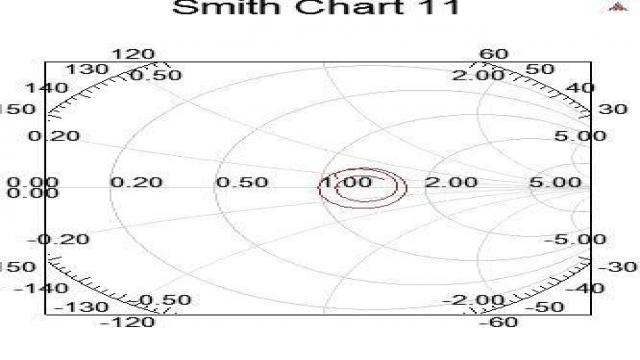
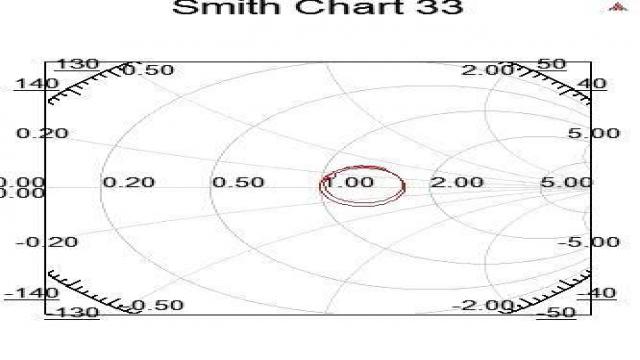
笔者还看不到HFSS产生的non-causal S参数的Smith Chart会逆时针旋转,或其时域响应提前发生的现象 。但可以用Designer内的de-embedded功能产生逆时针旋转的Smith Chart。
8、Reference
[1] Chapter1 -- 宜兰大学, 邱建文教授
[2] In-Situ De-embedding (ISD) p.6~8 from AtaiTec Corp. (推荐)
[3] Power Integrity for I/O Interfaces: With Signal Integrity/ Power Integrity
In a passive high-speed channel, the speedy way to check for causality is to examine the S-parameter Smith Chart. If the data rotate clockwise, it has positive group delay; implying it to be causal. On the other hand, if the data rotates counterclockwise, this implies it is noncausal.
[4] 一篇利用Smith Chart补偿Passivity与Causality的专利技术
Smith Chart can be used to monitor the passivity and causality of networks under study. For instance, Foster's reaction theorem dictates a general motion in the clockwise direction with frequency for the parameters of an arbitrary network.
[5] touchstone spec. 2.0
[6] TS1.0 and TS2.0 (推荐)
[7] Converting S-Parameters from 50Ω to 75Ω Impedance
[8] Scattering Parameters:Concept, Theory, and Applications
[9] RF Matching Design
[10] Why have non-causality (推荐)
- 基于赛灵思Virtex-5 FPGA实现LTE仿真器(04-29)
- MF-TDMA卫星通信网络仿真测试研究(04-11)
- 各大仿真软件介绍(包括算法,原理)(09-08)
- 卫星通讯的通道仿真和测试解决方案(图)(03-02)
- RFIC设计挑战及设计流程详解(05-13)
- 松耦合变压器的ANSYS三维仿真设计(07-11)
